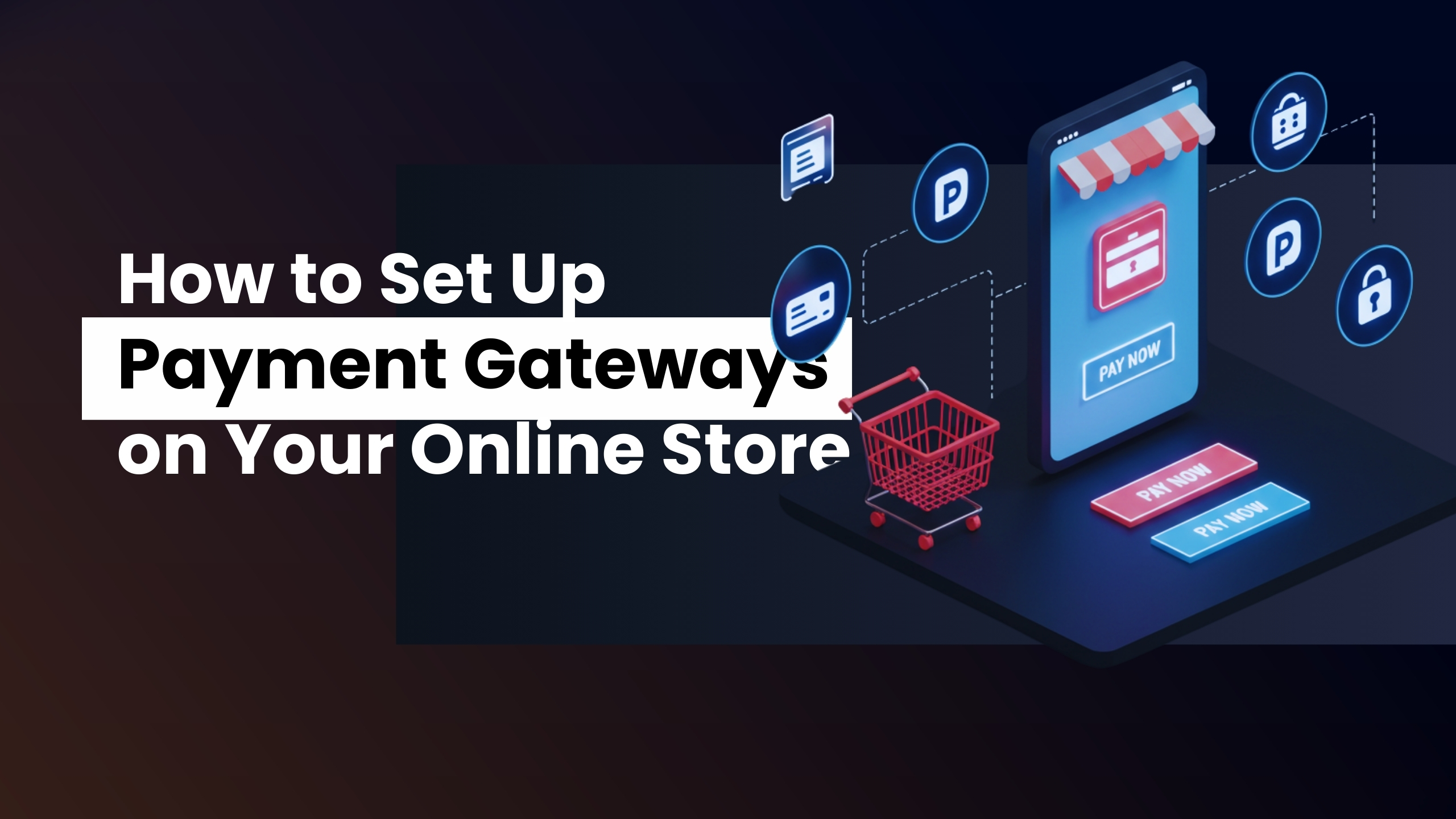How to Set Up Payment Gateways on Your Online Store
Payment gateways are the backbone of online transactions. They ensure your customers can pay securely and conveniently, which directly impacts your sales and credibility. Setting up the right payment gateway is crucial for creating a seamless shopping experience. Here’s a step-by-step guide to help you navigate this process.
- Understand Payment Gateways
Before diving in, it’s essential to know what a payment gateway does. It acts as a bridge between your store and your customers’ payment methods, processing transactions securely.
Popular types of payment gateways include:
- Hosted Gateways: Redirect customers to an external page to complete payments (e.g., PayPal, Stripe Checkout).
- Integrated Gateways: Embed the payment process directly on your site for a seamless experience (e.g., Square, Authorize.Net).
- Choose the Right Payment Gateway
Consider these factors when selecting a gateway:
- Compatibility: Ensure the gateway integrates smoothly with your e-commerce platform (Shopify, WooCommerce, etc.).
- Transaction Fees: Compare costs to find a solution that aligns with your budget.
- Supported Payment Methods: Offer flexibility with credit cards, debit cards, digital wallets, and local payment options.
- Security: Look for PCI compliance and fraud detection features.
- Global Reach: If you sell internationally, choose a gateway that supports multiple currencies.
Top Recommendations: PayPal, Stripe, Square, Razorpay, 2Checkout
- Set Up Your Payment Gateway
Follow these general steps to integrate a payment gateway into your online store:
Step 1: Create an Account
- Sign up with your chosen payment gateway.
- Verify your business information (e.g., tax ID, bank account details).
Step 2: Configure Gateway Settings
- Log in to your e-commerce platform.
- Navigate to the payment settings section.
- Select your gateway and follow the integration instructions (API keys, plugin installation, etc.).
Step 3: Test the Integration
- Run test transactions to ensure the setup is working correctly.
- Check for any errors in processing or display.
Step 4: Enable Live Mode
- Switch from test mode to live mode once you’re confident the integration is error-free.
- Optimize the Checkout Experience
A smooth checkout process minimizes cart abandonment and increases conversions. Here’s how to optimize it:
- Simplify Forms: Ask only for essential information.
- Provide Multiple Payment Options: Cater to diverse customer preferences.
- Ensure Mobile-Friendliness: Optimize your checkout for mobile devices.
- Display Trust Signals: Include secure payment badges to reassure customers.
- Monitor and Maintain Your Payment System
Once your gateway is live, regular maintenance is crucial:
- Review Transactions: Monitor for unusual activity or errors.
- Update Software: Ensure plugins and APIs are up to date.
- Analyze Data: Use payment analytics to track trends and improve strategies.
Conclusion
Setting up a payment gateway is a vital step toward building a successful online store. By choosing the right gateway and optimizing your checkout process, you can provide a secure and seamless payment experience for your customers. Start integrating today and watch your sales grow.

